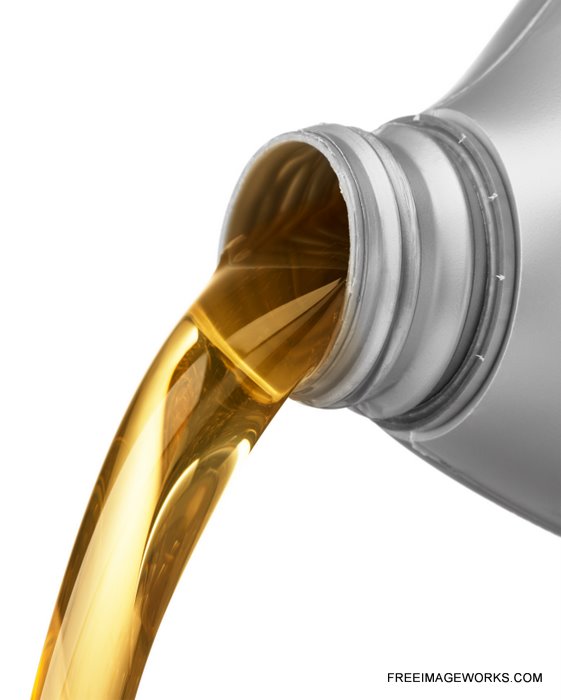
There’s always been confusion and conflict when it comes to any discussion about oil, which is of course, the lifeblood of our beloved motorcycles. And I’m probably not going to bring world peace to this topic with anything I’ll say here. Truth be told, this topic has created more debate on our Riders Forum on the J&P Cycles website than any other subject.
In fact, I’m mostly going to stick to the facts in this post, steering away from the controversies for the most part. First off, let’s explore the function of oil in an internal combustion engine — the educational portion of this segment. There are five different tasks that oil has to perform.
1. First, it must lubricate and reduce friction.
2. Next, oil helps cool your bike. Harleys are indeed air-cooled, but oil removes quite a bit of heat. As oil flow over the hot parts, heat transfers and is carried away. The “dry sump” oiling system utilized by Harley-Davidson aids in this cooling process because oil pumped out of the engine travels to a remote tank, thus affording more cooling time.
3. Another function of oil is “sealing.” The surfaces of the piston rings, ring grooves and cylinder walls are never completely smooth. There are microscopic hills and valleys that can reduce engine efficiency by allowing combustion pressure to escape into these low-pressure areas of the crankcase. The job of motor oils is to fill in these hills and valleys on ring surfaces and cylinder walls, thus allowing maximum combustion pressure.
4. Oil’s next task is to protect against rust and corrosion. This is pretty self-explanatory.
5. And finally it’s up to oil to keep the inside of your engine clean. Whew! Talk about multitasking!
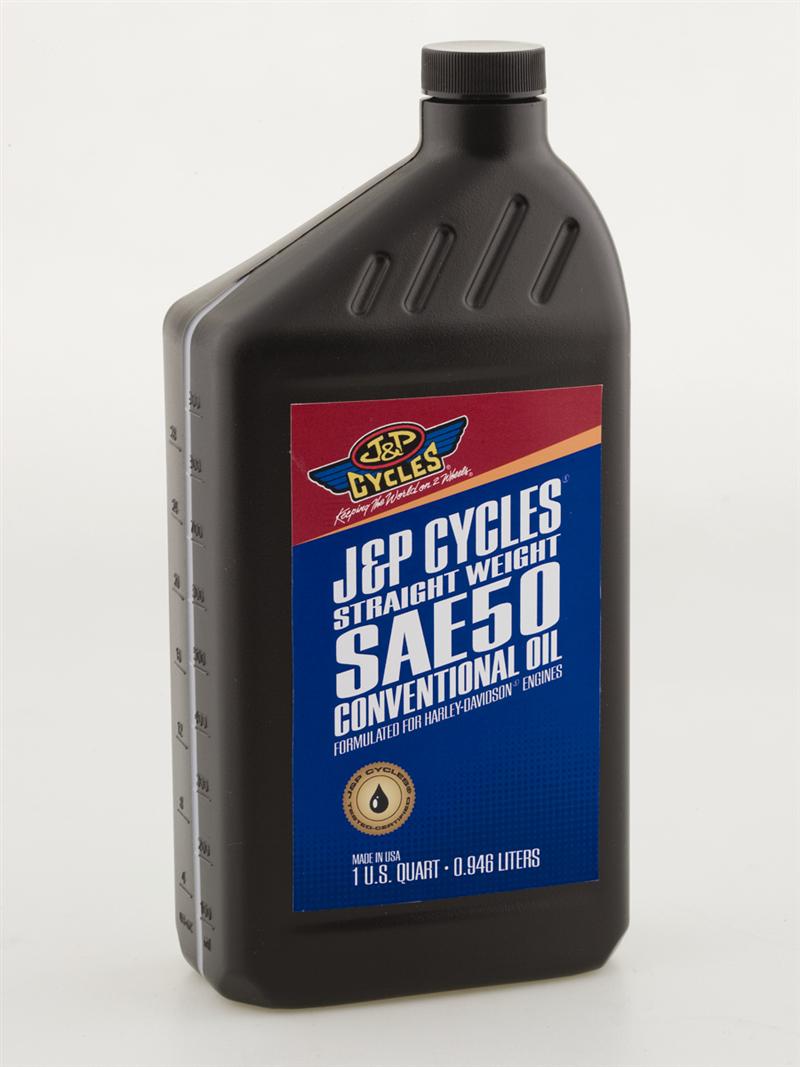
Motor oil is the primary determinant in the durability of an engine. Oil change interval is a hotly contested subject, as is the great dead dyno versus synthetic debate. Until recently, the Harley-Davidson Motor Company was staunchly opposed to synthetic oil. But today the company offers a synthetic product that is marketed as Syn-3.
Let’s discuss the differences between the types of oil. Consider first that oil contains two basic components: base stocks and additives. Base stocks can be made of petroleum (dead dinosaurs); chemically synthesized materials; or a combination of synthetics and petroleum (called para-synthetic, semi-synthetic or synthetic blend). We’re not going to get into the third type in today’s discussion. What’s important to remember is that additives provide anti-wear, anti-foam, corrosion protection, acid neutralization, and maintenance of viscosity, detergency and dispersion.
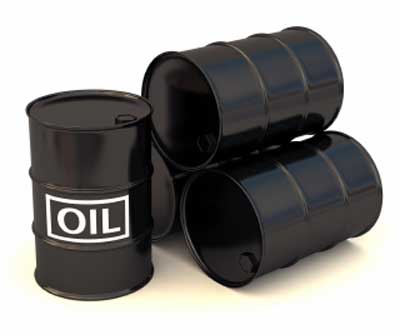
Let’s talk about what causes oil to get dirty in the first place. Many factors contribute to a motor oil’s demise, but essentially it’s the accumulation of contaminants in the oil and chemical changes in the oil itself that make a motor oil unfit for further service. It’s inevitable that oil will be contaminated by dirt or sludge, or succumb to the extreme pressures or temperatures found inside an engine.
One of the biggest killers of oil is extreme heat. In a Harley, the operating temperature of oil should ideally be in the 180- to 220-degree Fahrenheit range. Anything much beyond this leads to breakdown of the oil, which adds oxidants to conventional oils. Synthetic oils withstand much higher temperatures before this process starts.
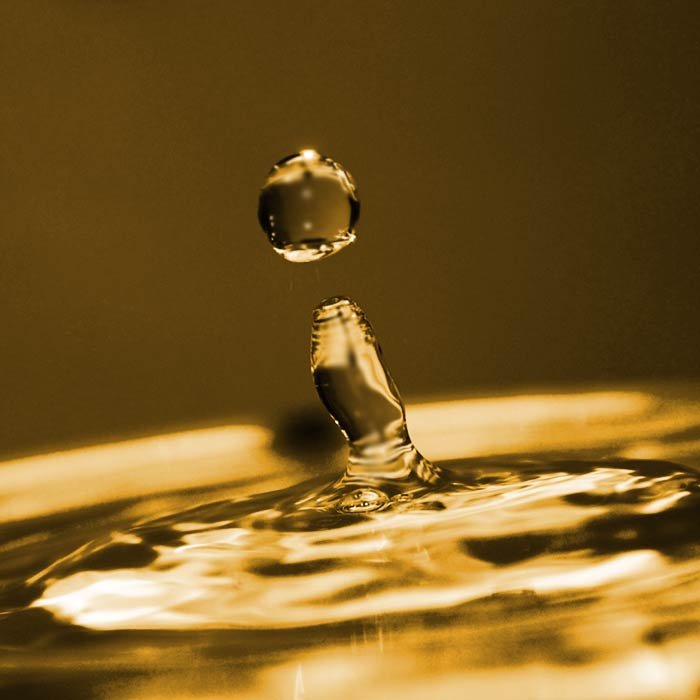
Today’s Twin Cam engines have higher operating temperatures than engines of years past, and it’s not unusual for a Twinkies’ oil temp to be in the 220- to 260-degree range. This increased running temperature is why Mother Harley jumped firmly onto the synthetic bandwagon.
A good way to monitor the heat issue with your bike is to invest in an inexpensive temperature dipstick. If your temp runs over 220 degrees on a regular basis, an oil cooler or a change to synthetic may be in order. Another oil assassin is not getting your bike up to full operating temperature. The combustion process has many byproducts, one of which is condensation (water), and unless you get to full operating temperature, the water produced can dilute your oil. That’s because water doesn’t usually hang around once you’re up to temp. It boils off.
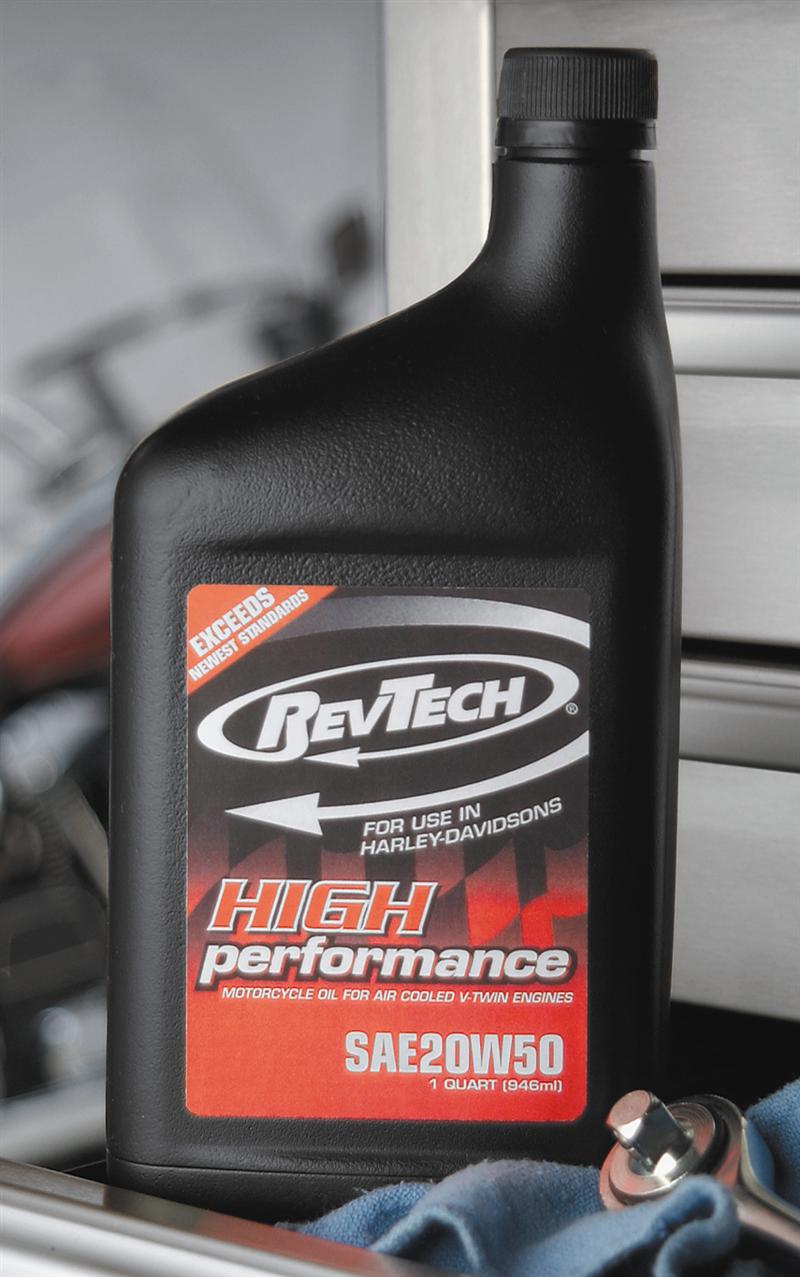
Other byproducts of oil include acids that also act as contaminants. Water and acids lead to sludge, rust and corrosion. Soot and carbon create sludge and varnish and can lead to clogged filters. TC engines use a 10-micron filter; the difference is due to how the filter is positioned in the system. The 10-micron filter removes more contaminants, but is more restrictive. Someone might think, “Let’s use a TC filter on my Evo since it removes more junk.” That’s not your best thinking. Don’t do it! I’ve seen situations where a more restrictive filter increased oil-carryover in an Evo motor to the point the engine was ruined due to lack of oil. In one case, I would have bet the rider would have done something before it got to that point, but he didn’t. Goodbye engine. So be sure to use the correct filter for your application.

Decade following decade, HD has always recommended that your oil be changed every 5,000 miles. Personally, I change mine every 2,500 miles and I use dyno oil. It’s been my experience that “oil’s cheap, engines aren’t.” With today’s synthetic oils as high priced as they are, this is something you will need to determine for yourself. The bottom line is this: Use whatever oil you’re most comfortable with, as long as you keep the oil clean and the filter changed at the correct intervals.

Please follow and like us:
 There’s always been confusion and conflict when it comes to any discussion about oil, which is of course, the lifeblood of our beloved motorcycles. And I’m probably not going to bring world peace to this topic with anything I’ll say here. Truth be told, this topic has created more debate on our Riders Forum on the J&P Cycles website than any other subject.
There’s always been confusion and conflict when it comes to any discussion about oil, which is of course, the lifeblood of our beloved motorcycles. And I’m probably not going to bring world peace to this topic with anything I’ll say here. Truth be told, this topic has created more debate on our Riders Forum on the J&P Cycles website than any other subject.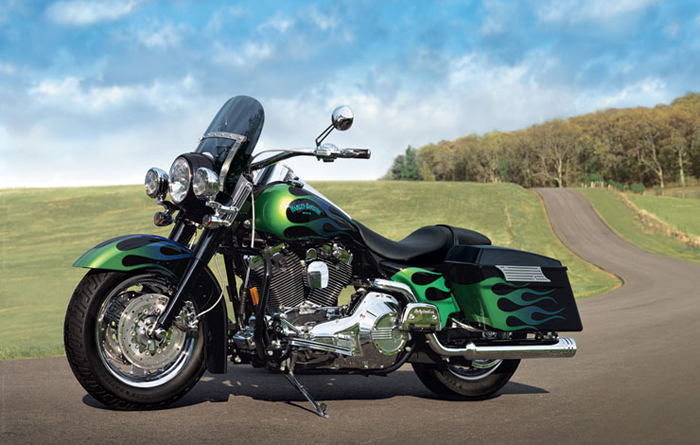
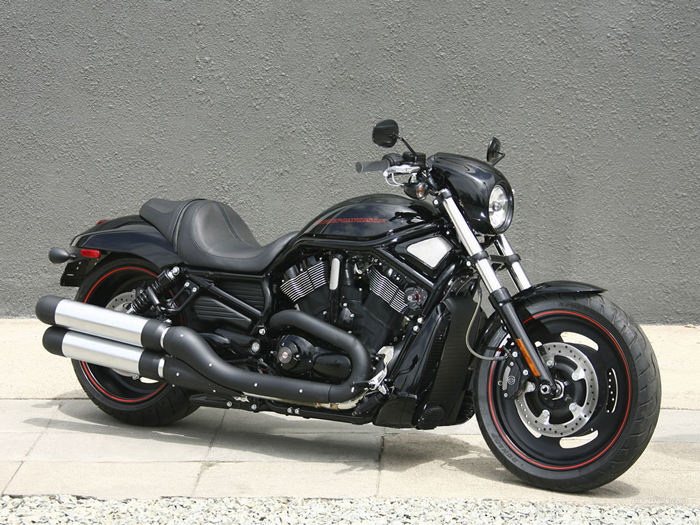
 Motor oil is the primary determinant in the durability of an engine. Oil change interval is a hotly contested subject, as is the great dead dyno versus synthetic debate. Until recently, the Harley-Davidson Motor Company was staunchly opposed to synthetic oil. But today the company offers a synthetic product that is marketed as Syn-3.
Motor oil is the primary determinant in the durability of an engine. Oil change interval is a hotly contested subject, as is the great dead dyno versus synthetic debate. Until recently, the Harley-Davidson Motor Company was staunchly opposed to synthetic oil. But today the company offers a synthetic product that is marketed as Syn-3. Let’s talk about what causes oil to get dirty in the first place. Many factors contribute to a motor oil’s demise, but essentially it’s the accumulation of contaminants in the oil and chemical changes in the oil itself that make a motor oil unfit for further service. It’s inevitable that oil will be contaminated by dirt or sludge, or succumb to the extreme pressures or temperatures found inside an engine.
Let’s talk about what causes oil to get dirty in the first place. Many factors contribute to a motor oil’s demise, but essentially it’s the accumulation of contaminants in the oil and chemical changes in the oil itself that make a motor oil unfit for further service. It’s inevitable that oil will be contaminated by dirt or sludge, or succumb to the extreme pressures or temperatures found inside an engine. Today’s Twin Cam engines have higher operating temperatures than engines of years past, and it’s not unusual for a Twinkies’ oil temp to be in the 220- to 260-degree range. This increased running temperature is why Mother Harley jumped firmly onto the synthetic bandwagon.
Today’s Twin Cam engines have higher operating temperatures than engines of years past, and it’s not unusual for a Twinkies’ oil temp to be in the 220- to 260-degree range. This increased running temperature is why Mother Harley jumped firmly onto the synthetic bandwagon. Other byproducts of oil include acids that also act as contaminants. Water and acids lead to sludge, rust and corrosion. Soot and carbon create sludge and varnish and can lead to clogged filters. TC engines use a 10-micron filter; the difference is due to how the filter is positioned in the system. The 10-micron filter removes more contaminants, but is more restrictive. Someone might think, “Let’s use a TC filter on my Evo since it removes more junk.” That’s not your best thinking. Don’t do it! I’ve seen situations where a more restrictive filter increased oil-carryover in an Evo motor to the point the engine was ruined due to lack of oil. In one case, I would have bet the rider would have done something before it got to that point, but he didn’t. Goodbye engine. So be sure to use the correct filter for your application.
Other byproducts of oil include acids that also act as contaminants. Water and acids lead to sludge, rust and corrosion. Soot and carbon create sludge and varnish and can lead to clogged filters. TC engines use a 10-micron filter; the difference is due to how the filter is positioned in the system. The 10-micron filter removes more contaminants, but is more restrictive. Someone might think, “Let’s use a TC filter on my Evo since it removes more junk.” That’s not your best thinking. Don’t do it! I’ve seen situations where a more restrictive filter increased oil-carryover in an Evo motor to the point the engine was ruined due to lack of oil. In one case, I would have bet the rider would have done something before it got to that point, but he didn’t. Goodbye engine. So be sure to use the correct filter for your application.


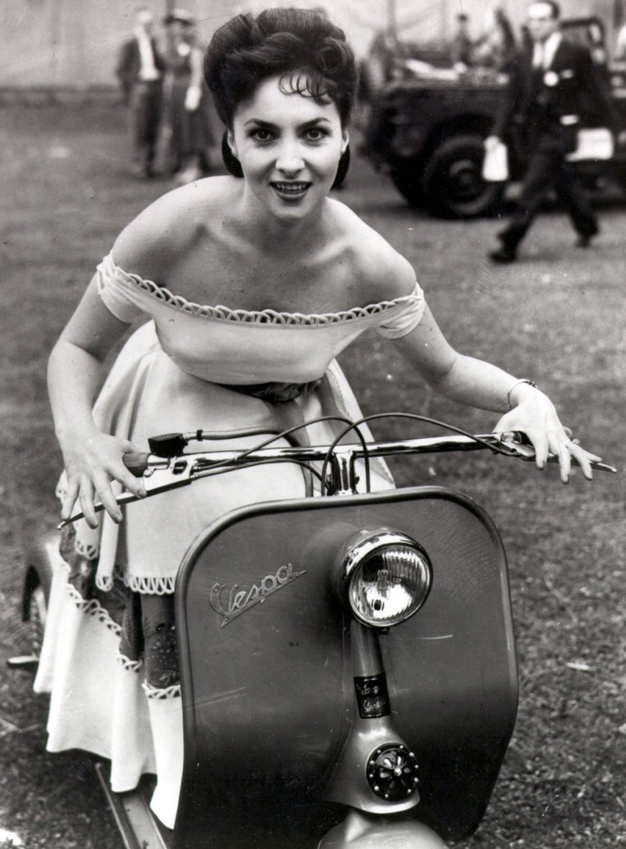
.jpg)
2.jpg)
3.jpg)
4.jpg)
5.jpg)
6.jpg)
7.jpg)
8.jpg)
9.jpg)
10.jpg)
11.jpg)
12.jpg)
13.jpg)
14.jpg)
15.jpg)
16.jpg)
17.jpg)